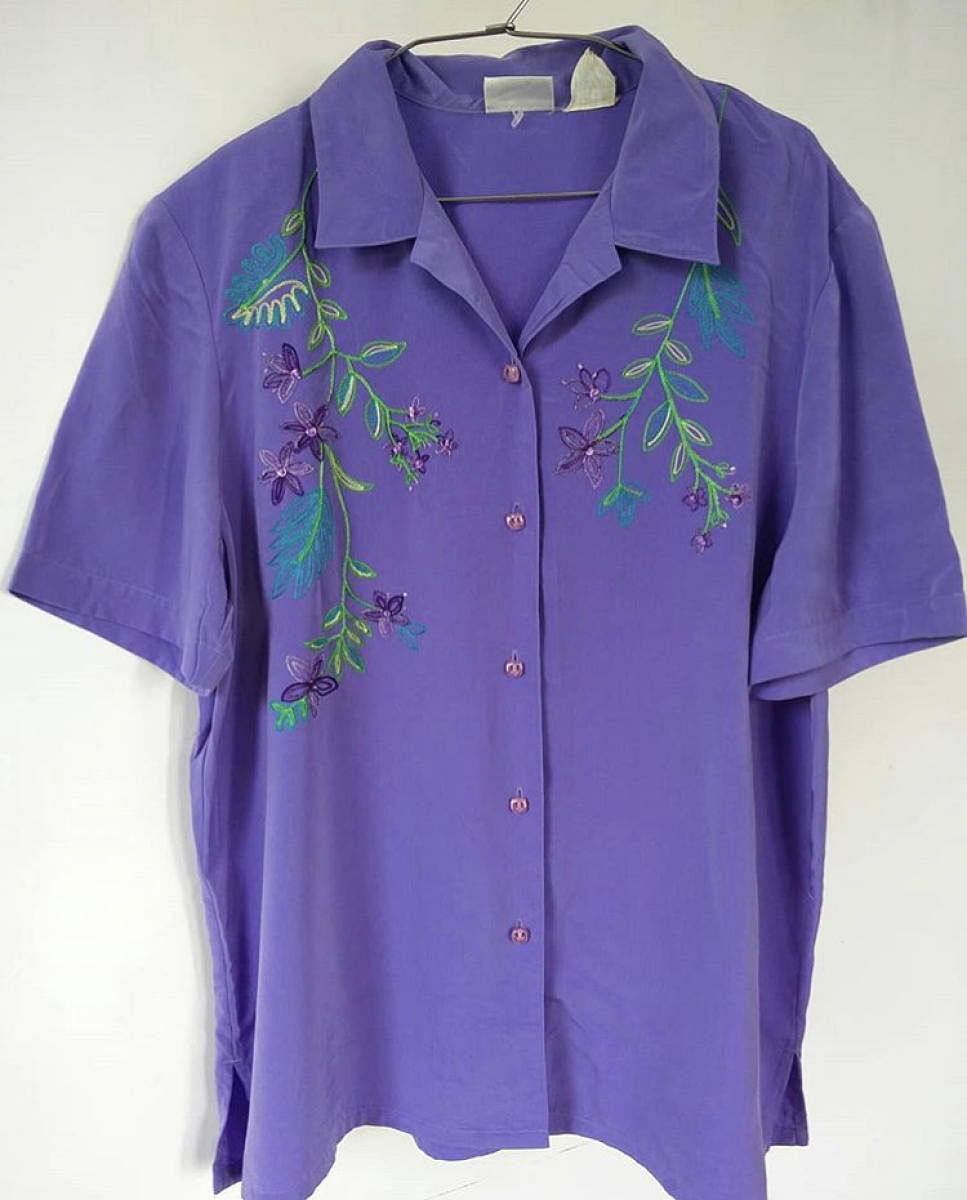
Thrift shops, selling used clothing, are picking up momentum in India, thanks mainly to picture-sharing app Instagram. Many young entrepreneurs have set up Instagram-based shops for thrift fashion, and even those who are well off are picking up used items that catch their attention.
“I realised there was a growing demand for sustainable fashion that is not just unique but also affordable,” says Afifah Siddiqui, who runs The Salvage Story. Her online store opened in August and works from Noida.
Nikita Almeida, the Bengaluru-based entrepreneur behind Collections Reloved, was inspired to start a thrift fashion store by her close-knit family.
“I have always loved sharing and exchanging clothes with my cousins. So this small idea grew into a circular fashion community,” she says, Her shop opened four months ago.
Eden Dias, based in Mumbai, says her store Copper Boom Vintage and Thrift was born out of her own love for thrift stores. “I thought it’d be nice to give others access to these blink-and-miss stores that I frequent,” she says. Newest on the scene, she set up shop last month.
Export rejects are upcycled
So where do thrift shops source their clothes from? Afifah buys from those who deal in export-reject clothing. “These clothes usually have some small defects. I have a tailor and ‘rafoogar’ (darner) to fix these. If it’s something minor, like fixing a button or seam, my mother jumps in to help,” she says.
Nikita, on the other hand, doesn’t include damaged clothes in her collections. “It’s difficult to get rid of the ‘old and dirty’ tag that second -hand clothes come with. So I keep a high standard of quality for the items I sell,” she says.
Her method of sourcing is different: “I take in clothes, accessories and handbags from the community. I handle the quality checks, photoshoots, listing, pricing, advertising and delivery.”
People giving away clothes get paid, too. “Once an item is sold, the earnings are transferred to the seller after deducting a commission,” says Nikita.
Eden frequents local thrift shops and garage sales run by NGOs. She uses her purchases to curate her collection.
Her policy on damage is different. “If a piece is exceptional and has a nick or stain, I still add it to the store. I don’t mend some of the damages though. I specify what the damages are for full transparency,” she says. Even clothes with damages sell well, she has found.
How is the price fixed?
How do shops decide on the prices? It is tricky, says Afifah. For her and Eden, pricing must take into account a margin for themselves as they spend time and money on the curation.
Eden says the uniqueness of an item is its selling factor. If a product doesn’t sell at the price quoted, she doesn’t hesitate to bring it down.
For Afifah, it is a little trickier as she also has to factor in the cost of mending. “I keep the prices high enough to keep the business afloat but significantly lower than what the high-street brands sell at,” she says.
Nikita allows sellers to determine their prices. “I then verify the prices keeping in mind the brand tag, current trends and research about its original MRP,” she says.
Customer response
“The concept is flourishing because conscious buying and at the same time getting your favourite brands at bargain prices,” says Nikita.
Eden says she was surprised by how well her store is doing. “With no promotions and barely a hundred followers I sold everything in my first collection,” she says.
A scroll through Afifah’s page shows how people are responding: of the 15 clothes she put up in the past week, 10 are sold. All stores say they get repeat customers.
Bengaluru has warmly welcomed this concept. Nikita says it was encouraged and promoted beyond her expectations.
Where to thrift
All these Instagram shops ship to Bengaluru:
@collectionsreloved
@thesalvagestory
@copperboomvintage
@men.thrifted.duds
@thrift__haul
@groovy.thriftshop
Furniture too:
Re-Store is a physical thrift shop in Whitefield. They have items ranging from clothes to furniture. You can reach them on 98865 36240.
How much?
‘Preloved’ items, as used garments are sometimes described, are priced 30% to 40% lower than new items.